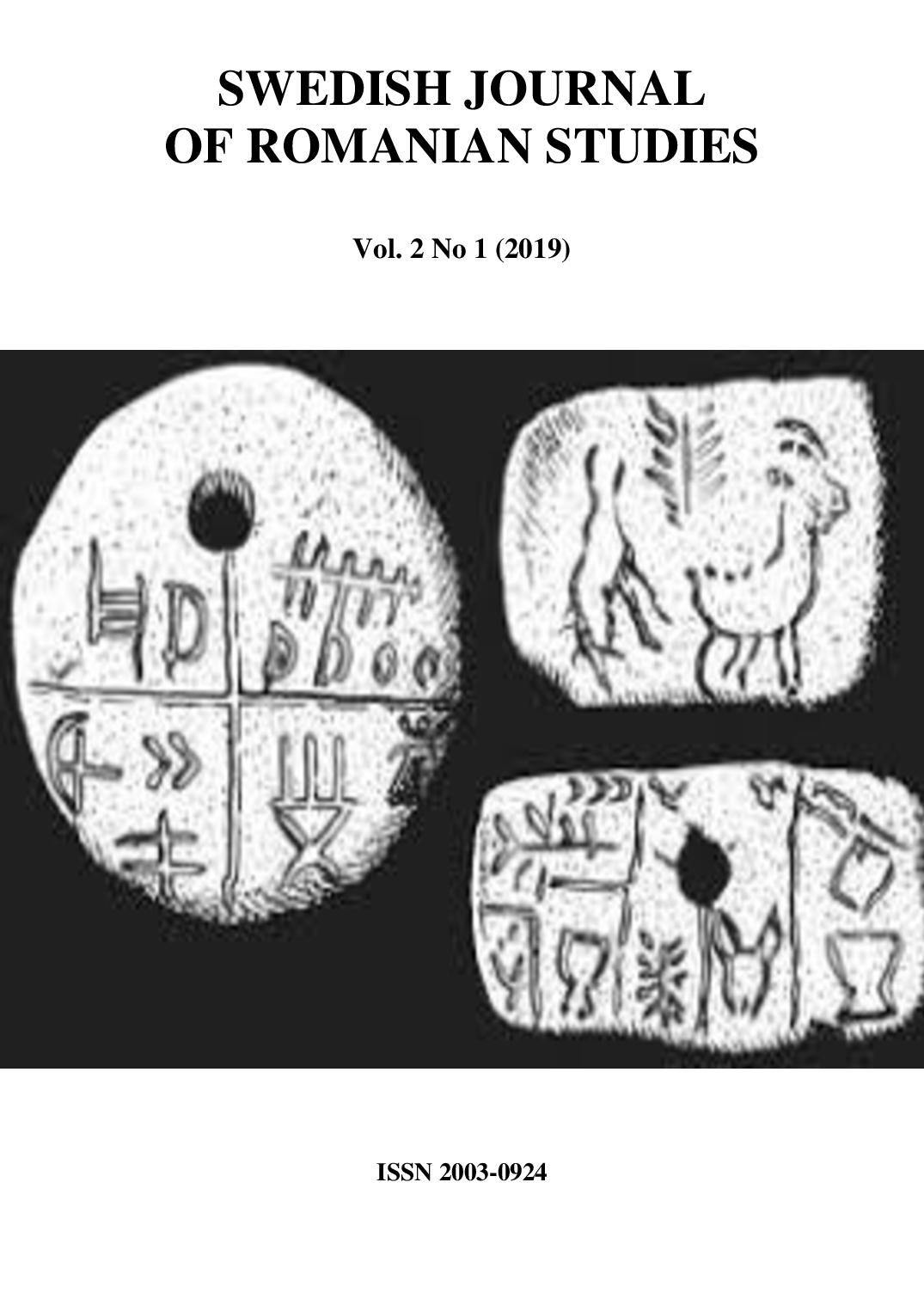Revisiting the avant-gardes
DOI:
https://doi.org/10.35824/sjrs.v2i1.18845Keywords:
Romanian avant-garde, radicalism, re-reading, surrealism, absurdAbstract
The tome written by Paul Cernat, a known specialist of the avant-gardes, analyzes the anatomy and human blueprints set out by the Romanian and European avant-gardes found under the immediate influence of the symbolic year of 1933. The “amphibian” nature of these radicalisms is characteristic for an entire process of modernization. That is why Paul Cernat critically revisits all of the marquee and obscure cases, offering us a critical panoramic view that invites novel re-assessments. The studies are written using a blend of tools you might see a literary historian and a portraitist wield in their work, a blend that lets shine truly special expressive abilities, and qualities in terms of synthesis. Whether tackling famous names, household figures from around the world – such as Ionescu and Blecher – or discussing the work of more provincial or minor writers, the author withholds from us no memorable quote. An essential study for those interested in the phenomenon of the Romanian avant-garde.
References
Cernat, P. (2018). Vase comunicante. (Inter)fețe ale avangardei românești interbelice / Communicating Vessels. (Inter)Faces of the Romanian Inter-War Avant-Garde. Iași: Polirom Publishing House.
Downloads
Published
How to Cite
Issue
Section
License
Copyright (c) 2019 Marius Mihet

This work is licensed under a Creative Commons Attribution-NonCommercial 4.0 International License.
Authors who publish with this journal agree to the following terms:
a. Authors retain copyright and grant the journal right of first publication with the work simultaneously licensed under a Creative Commons Attribution-NonCommercial 4.0 International License that allows others to share the work with an acknowledgement of the work's authorship and initial publication in this journal.
b. Authors are able to enter into separate, additional contractual arrangements for the non-exclusive distribution of the journal's published version of the work (e.g., post it to an institutional repository or publish it in a book), with an acknowledgement of its initial publication in this journal.
c. Authors are permitted and encouraged to post their work online (e.g., in institutional repositories or on their website) prior to and during the submission process, as it can lead to productive exchanges, as well as earlier and greater citation of published work (See The Effect of Open Access).

